The Biological Mechanisms of Animal Camouflage
Introduction
Camouflage in the animal kingdom is a complex biological mechanism that allows organisms to blend into their environment, evade predators, or sneak up on prey. This article delves into the intricate processes and structures that enable this fascinating phenomenon.
Mechanisms of Camouflage
Camouflage in animals is primarily achieved through three mechanisms: crypsis, mimicry, and countershading.
Crypsis
Crypsis is the most common form of camouflage, where an animal's coloration, pattern, or shape allows it to blend in with its surroundings. This can be achieved through various means, such as background matching, disruptive coloration, and self-decoration.

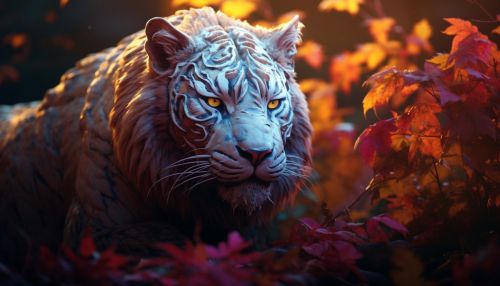
Background Matching
Background matching involves an animal adopting the colors and patterns of its immediate environment. This can be static, where the animal's coloration is fixed, or dynamic, where the animal can change its coloration to match different backgrounds, such as in the case of the chameleon or the cuttlefish.
Disruptive Coloration
Disruptive coloration involves an animal having a high-contrast pattern that breaks up its outline, making it difficult for predators to recognize it as a potential prey. This is commonly seen in animals such as the zebra or the leopard.
Self-decoration
Self-decoration involves an animal covering itself with materials from its environment to blend in. This is often seen in creatures like the decorator crab, which adorns itself with seaweed, sponges, and other marine debris.
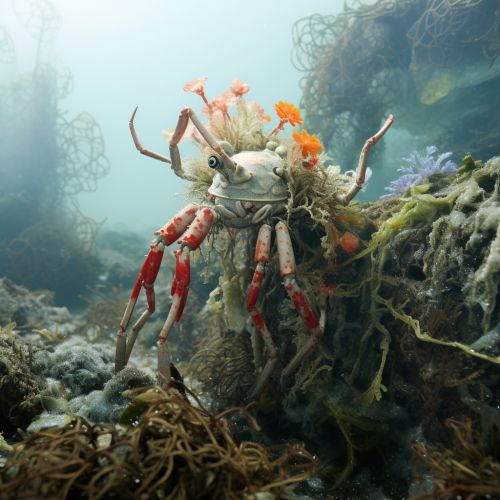
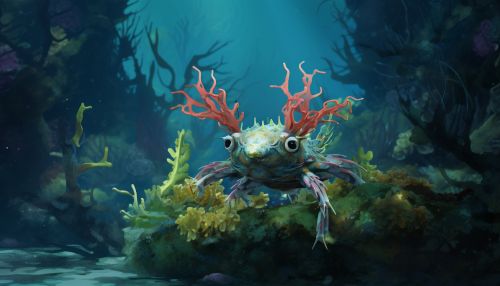
Mimicry
Mimicry is another form of camouflage where an animal imitates the appearance of another species to gain an advantage. This can be in the form of Batesian mimicry, where a harmless species mimics a harmful one to deter predators, or Müllerian mimicry, where two or more harmful species mimic each other to reinforce the warning signal to predators.
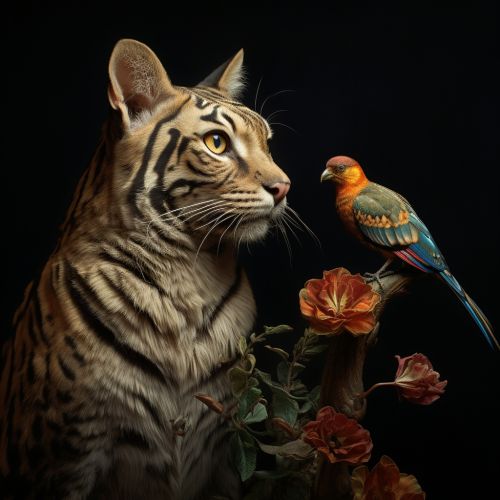
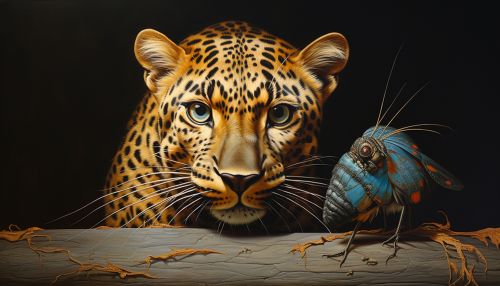
Countershading
Countershading is a form of camouflage where an animal's upper side is darker than its underside. This helps to counteract the effect of sunlight, making the animal appear flat and less three-dimensional, thus harder to detect.
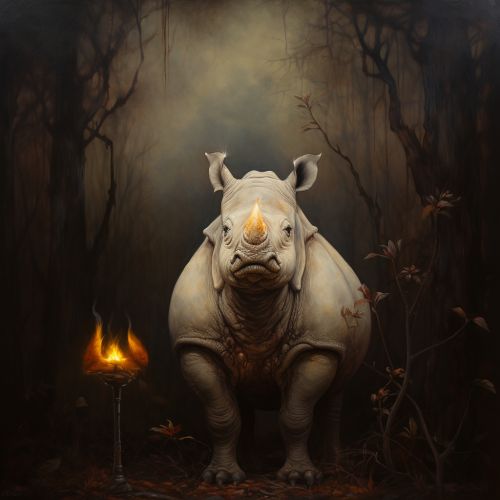

Adaptations for Camouflage
Animals have developed a variety of physical and behavioral adaptations to enhance their camouflage capabilities.
Physical Adaptations
Physical adaptations for camouflage can involve changes in color, pattern, texture, and shape. These can be either permanent or temporary, depending on the species and its environment.
Color and Pattern
Many animals have evolved specific colors and patterns that help them blend into their environment. This can involve a wide range of hues, from the green of a tree frog to the sandy color of a fennec fox.


Texture and Shape
Texture and shape adaptations can help an animal mimic specific elements of its environment. For example, the leaf-tailed gecko has a body shape and skin texture that closely resemble a leaf, helping it to blend into foliage.
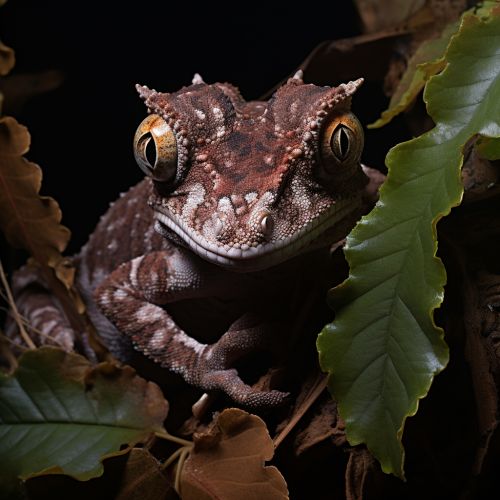

Behavioral Adaptations
Behavioral adaptations for camouflage can involve an animal changing its position, movement, or activity patterns to enhance its concealment. This can include remaining still, moving slowly, or only being active at certain times of day.

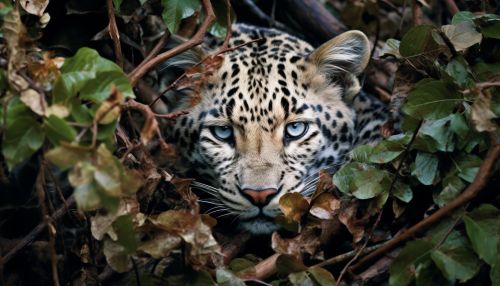
Conclusion
Camouflage is a remarkable survival strategy that showcases the ingenuity of evolution. Through a combination of physical and behavioral adaptations, animals have developed an array of methods to blend into their environment, evade predators, and sneak up on prey. As we continue to study these mechanisms, we gain a deeper understanding of the complex interplay between organisms and their environment.
